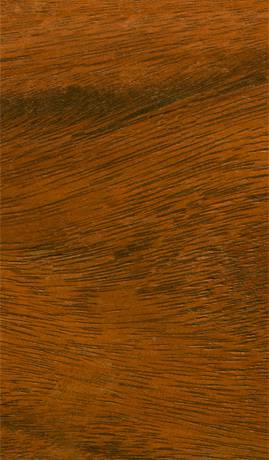Age-related macular degeneration, or AMD, is the major cause of vision loss for Canadians aged 65 and older. It is a fairly common problem that is experienced by men and women from all backgrounds.
AMD comes in two forms: dry, and wet. The dry form is the early stage of AMD, and wet is the more advanced, late-stage AMD.
- Dry Macular Degeneration (non-neovascular)Dry AMD can cause vision loss in your central field of vision. It is believed to be caused by damage to or obstruction of the macula, which is responsible for central vision.
Dry AMD makes up about 90% of cases. Currently, there is no outright cure for any form of AMD..
- Wet Macular Degeneration (neovascular)Wet AMD is much more advanced than the dry version. Wet AMD is characterized by the formation of new blood vessels. These blood vessels grow beneath the retina, leaking fluid into the eye and damaging vision.
This process creates scarring, which leads to significant vision loss.
AMD Symptoms
Age-related macular degeneration has different symptoms depending on the version of the disease you have.
Symptoms of dry AMD:
- Central vision loss in one or both eyes
- Difficulty reading or doing fine detail work
- Difficulty in low light settings
- Warped or distorted vision
Dry AMD’s symptoms tend to progress slowly, over a period of years.
Symptoms of wet AMD:
- Reduced clarity or vibrance of colours
- Significant worsening of symptoms in a short period of time
- Predominant blurry spots in your field of view
- Reduced central vision in one or both eyes
AMD Treatment
Unfortunately, there is no cure for AMD. At this time there is no way to reverse vision loss, though a combination of diet, nutritional, and lifestyle changes can delay its onset.
Risk factors for both forms of AMD include age, family history, smoking/smoke exposure, obesity, and cardiovascular disease. While you cannot control your age or family history, you can influence the development of AMD via nutritional supplementation and a change in your diet and exercise regimen.





